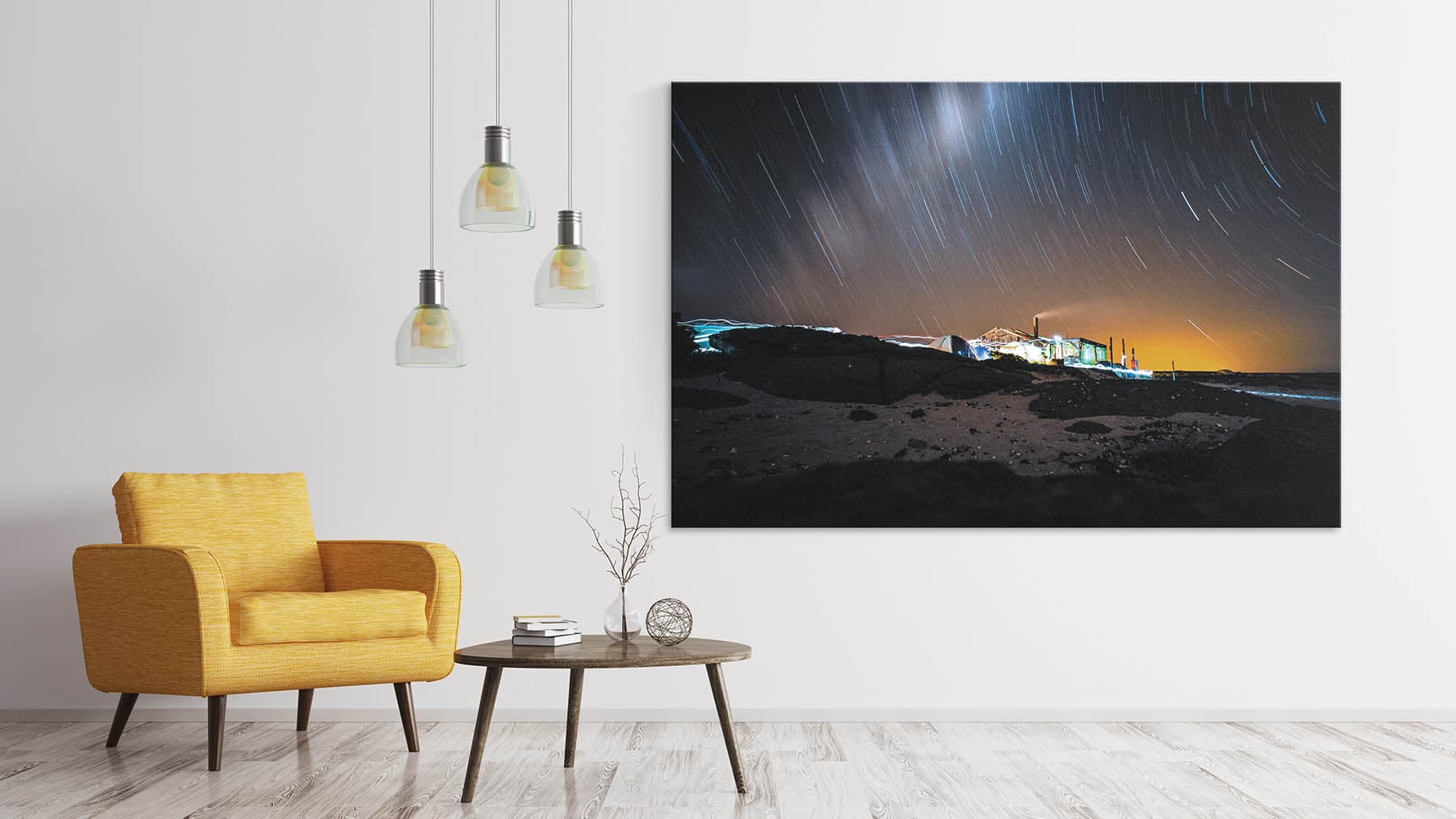A photographer does not only consider the right time of day to create good shots. There are factors which are considered important in developing high-quality real estate photos. But this is just the beginning. Photo retouching works will consume lots of your time to enhance real estate photos. These retouching skills are essential to create magnificent photos for prospective clients and become interested in the property you are selling.
Use Photoshop CC to Retouch your Real Estate Photos
 Real estate photo retouching is one of the most common tasks to be done when it comes to property image enhancement. To make photo retouching using Adobe Photoshop CC, it is important to have this application downloaded to your PC or Mac. Editing and previewing of Canvas should be done first for the blank page to show up.
Real estate photo retouching is one of the most common tasks to be done when it comes to property image enhancement. To make photo retouching using Adobe Photoshop CC, it is important to have this application downloaded to your PC or Mac. Editing and previewing of Canvas should be done first for the blank page to show up.
Unlocking the background layer is done by the LOCK symbol. You need to double click this so that a new layer screen will pop out. To add more layers, simply click the DUPLICATE LAYER or NEW LAYER. Take note that if you have three new layers, you need to work on a separate layer for circle and colors, and always save your work.
4 Steps to Retouch Real Estate Photos using Photoshop CC
There are countless options that photo editors can use to retouch real estate images. In this way, photos will look perfectly amazing. Below are some of the basic retouching techniques for real estate photography.
1. Make color correcting a priority.
Color correction is probably the most basic essential step in real estate photo retouching. Depending on the kind of property you want to advertise or sell, it is important to adjust the saturation, hue, and tint. Adjusting greens is a common color error in real estate photography. You need to capture the dynamics of the exteriors that can be challenging to newbies.
What you will do is choose Adjustment after selecting Image. Select Yellow afterward from the drop-down menu to adjust the Hue to +15 and Saturation to -5. You can also adjust the hue, saturation, and lightness by selecting Green from the drop-down menu.
How to fix color casts for Real Estate by Nathan Cool Photo
2. Make sure the lines are straight.
A very important rule when shooting properties is to become extra careful with the lines. A straight line is always important in making the property look great. This happens when the camera is not angled properly. Regardless if it is an interior or an exterior shooting, it is important to make sure that the lines are straight. In using Photoshop CC, aligning and straightening of lines can be done using Free Transform. In using this feature, make sure that the entire image is selected and try to drag the corner of the photo adjacent to where the lines are leaning towards.

- You can also click on the Rectangular Marquee from the Toolbar and select the entire image.
- Click the Edit and Transform. From there, click the Skew from the drop-down menu.
Drag the corner of the picture to the left if the property is leaning to the right. Make it a point that you need not pull too far because this might be very unrealistic. Click the Check button after the edges are aligned and are all straight.
3. Space must be evenly lighted.
One of the most common problems that are encountered in real estate photography is the uneven distribution of lighting. This problem can create unwanted shadows and undesirable dark areas. To avoid this problem, you can drag the Shadows bar to the right to open the shadows a bit. You can also drag your highlights bar to the left to move the hot spots down.

Lighting up the corners of the interiors is also a challenge.
- To balance and even out lighting, go to the Dodge tool. Select the right size of the brush to work with. To add brightness to the darker part, drag the Dodge tool over the darker area.
- You then need to go to the Filter menu and select Sharpen and click on Unsharpen Mask. To get clearer and quality details, increase the amount then finally click OK.
4. Remove unwanted objects from your photo.
There are times when unwanted objects roam around your photos. Using the Clone Stamp Tool, you can declutter those unwanted objects, start cloning and painting over the objects. You can do this by simply clicking the Clone Stamp Tool and selecting the source area. To define the clone source, you can Alt-click for Windows or Option-click for Mac.
Under the Clone Source, you can do many things to those unwanted objects. You can flip clone source, resize, squash or stretch clone source, rotate clone source, or display options when painting with the clone tool. You can also offset of a painting area from the clone source and have options to video.
Step by step tutorial: Remove objects with the Clone Stamp tool
Featured photo credit to https://helpx.adobe.com/
